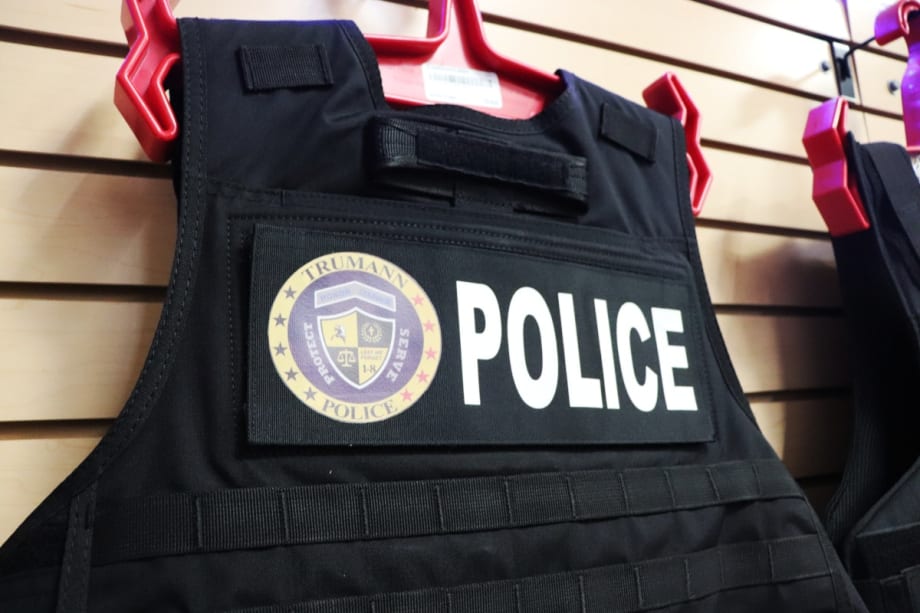Hook and loop patches play a crucial role in communicating to the public that you are a law enforcement officer, but they also help police departments better identify each other during multi-agency operations.
“Misidentification or lack of identification can cause big issues,” says David Curran, manager of agency sales for CopQuest. “So, whether we have multiple agencies working together or you're doing a covert undercover assignment, being able to identify yourself as law enforcement will help the general public see who you are, see why you're taking action, and not think that you're a criminal trying to do some negative actions. So that's one possible reason why people are looking towards customizing their patches.”













